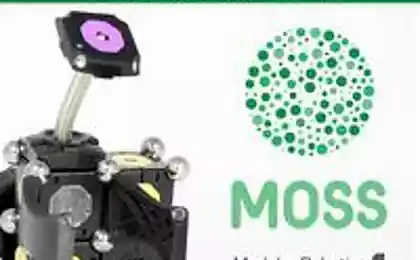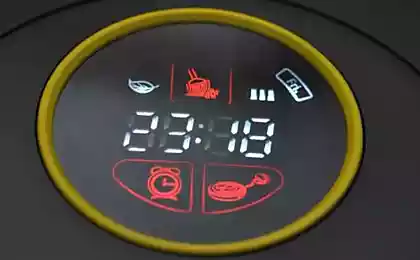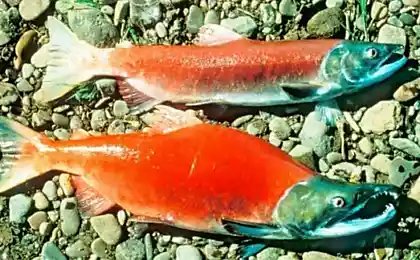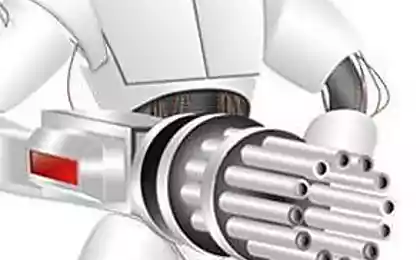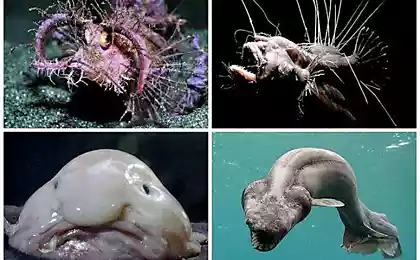389
Robo-fish will help protect water resources from pollution
The 1.6-meter prototype Robo-fish, which monitors oxygen levels and salinity, is now undergoing a trial period at sea to the North of Spain in the framework of the EU-funded Shoal consortium project. If this project is successful, it is likely that in the near future, a team of Autonomous robotic fish will clean up the ports, harbours and estuaries.
Says Luke Speller, a senior researcher of the group TDC and a member of the consortium, the aim of scientists is to be able to do contamination monitoring in real time.

addition to monitoring of pH and salinity, the modern prototype is a plug-in sensors that can detect different toxic chemicals and heavy metals such as copper and lead. Fish are able to communicate with each other to detect the source of the problem, and regularly report results to the monitoring station.
"Conventional robots use propellers or thrusters to move. We also try to use the fin to propel a robotic fish in water," reports Ian Dukes from the University of Essex, another member of the consortium. "Fin is actually a very useful tool in shallow water, especially in places where a lot of garbage. Robo-fish can work even in places that are overgrown with seaweed."
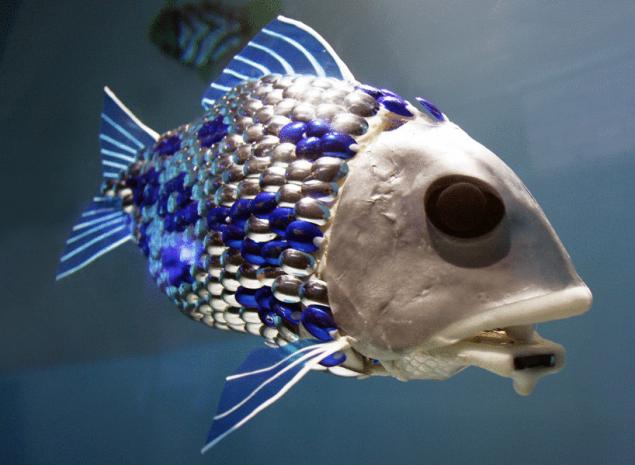
Robot fish, which was launched by a consortium of Shoal water, it is not the first and only prototype of the use of biomimicry in robotics. Previously developed robots that repeat the movements of tuna, jellyfish, starfish, octopus. But all these robots there is one drawback: limited battery life, which allows them to become truly practical.
Source: /users/413
Says Luke Speller, a senior researcher of the group TDC and a member of the consortium, the aim of scientists is to be able to do contamination monitoring in real time.

addition to monitoring of pH and salinity, the modern prototype is a plug-in sensors that can detect different toxic chemicals and heavy metals such as copper and lead. Fish are able to communicate with each other to detect the source of the problem, and regularly report results to the monitoring station.
"Conventional robots use propellers or thrusters to move. We also try to use the fin to propel a robotic fish in water," reports Ian Dukes from the University of Essex, another member of the consortium. "Fin is actually a very useful tool in shallow water, especially in places where a lot of garbage. Robo-fish can work even in places that are overgrown with seaweed."

Robot fish, which was launched by a consortium of Shoal water, it is not the first and only prototype of the use of biomimicry in robotics. Previously developed robots that repeat the movements of tuna, jellyfish, starfish, octopus. But all these robots there is one drawback: limited battery life, which allows them to become truly practical.
Source: /users/413
The Australian Koala will soon be seen only in the photos
Scientists have named the four indicators of absolute divorce
